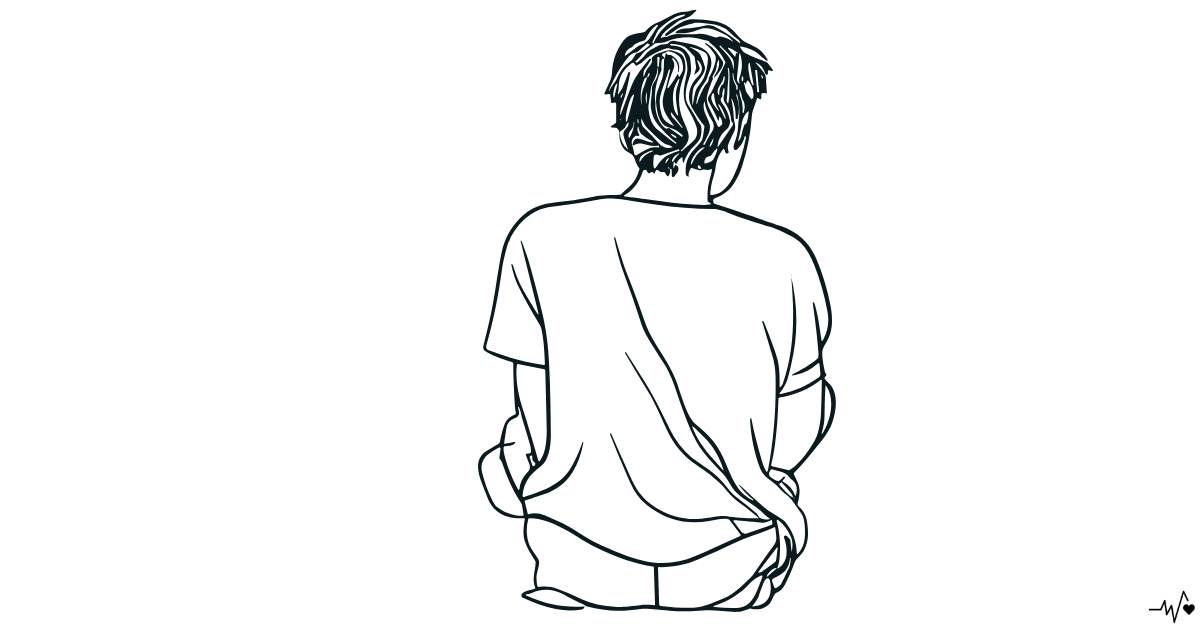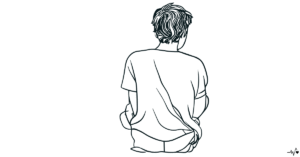Individuation and Introspection
The search for oneself is a complex but essential journey for an authentic life. When we talk about Individuation and Introspection, we are entering one of the deepest territories of analytical psychology.
From the first steps of self-knowledge to the integration of the unconscious, this path can completely transform how we see ourselves.
In this article, we will explore the concept of individuation, the central role of introspection, and how these elements connect in the symbolic universe of Carl Gustav Jung.
What Does Individuation Mean According to Jung?
Individuation, for Jung, is the process of becoming who you are more fully, going beyond social masks and superficial identity.
It is a journey of self-knowledge that aims to integrate conscious and unconscious aspects of the psyche.
More than personal growth, this process is a profound psychological transformation.
In individuation, a person encounters contents that were repressed or forgotten.
This integration does not happen linearly; it involves challenges, confrontations, and often, existential crises.
The goal is to live a more authentic life, aligned with the Self, the totality of being.
The Importance of Introspection in the Jungian Process
Introspection is the means by which we access our inner world.
For Jung, it is not possible to individuate without looking inward and facing our conflicts and shadows.
It is not just a reflective gaze but a courageous movement toward what has not yet been seen or understood.
Meditation, dream analysis, reflective writing, and conscious silence are practices that favor this internal look.
By practicing introspection, we begin to perceive patterns, fears, and desires that shape our attitudes, often unconsciously.
This process of observing oneself makes space for true transformation.
Ego, Self, and the Unconscious: The Pillars of the Inner Journey
Three central concepts of Jungian psychology support the process of individuation: the Ego, the Self, and the unconscious.
The Ego is self-awareness, our everyday identity. It organizes conscious thoughts and experiences.
The Self is the totality of the personality, including what is conscious and what is in the unconscious.
Jung saw the Self as an organizing center of the psyche, something greater than the ego, which guides the individuation process.
The unconscious is the repository of forgotten experiences, traumas, repressed desires, and also potentialities.
Connecting with the unconscious is essential to integrating neglected aspects of the personality.
When these three elements are in a harmonious relationship, we live with more wholeness and authenticity.
Archetypes and Their Role in Individuation
Archetypes are primordial images of the collective unconscious, universal structures present in all cultures.
Jung identified several archetypes: the hero, the wise old man, the mother, the trickster, among others.
These symbolic images help us understand internal and external experiences.
During individuation, archetypes appear in dreams, personal myths, and unconscious behaviors.
They act as symbolic guides for the development of the Self.
By recognizing them, we gain a richer language to interpret our emotions and experiences.
Awareness of archetypes brings us closer to a deeper understanding of what it means to be human.
Shadow, Anima, and Animus: Essential Confrontations
Within the psyche, the Shadow represents everything we reject in ourselves—impulses, emotions, memories, and personality traits that do not fit the ideal image we have constructed.
Facing the Shadow is one of the most challenging stages of individuation.
The Anima (the feminine side in men) and the Animus (the masculine side in women) are archetypes that symbolize the opposite principle to that of the dominant consciousness.
Integrating these figures means rescuing parts of the soul that have been forgotten or repressed by cultural and social norms.
These internal confrontations require courage but offer access to a deep source of creativity and wisdom.
Dreams and Symbols: Windows to the Unconscious
For Jung, dreams are spontaneous expressions of the unconscious and act as symbolic messages that indicate the soul’s path.
They bring to the surface contents that need to be recognized and integrated.
Symbolic, not literal, interpretation is what allows us to extract meaning from dreams.
Recurring symbols, unknown characters, and strange situations often carry important meanings.
Recording dreams and reflecting on them daily is a fundamental practice in analytical psychology.
It is through symbols that the unconscious dialogues with the conscious.
Individuation in Practice: How to Cultivate the Inner Journey
In daily life, individuation can be cultivated with conscious practices of self-knowledge.
Jungian therapy, journaling, dream analysis, meditation, and quiet time are valuable tools.
Contact with nature, art, and mythology also helps to activate symbolic elements of the psyche.
It’s important to remember: it’s not about “fixing oneself,” but about integrating.
Each step toward wholeness brings us closer to a more meaningful life, aligned with the true Self.
An Essential Journey in the Modern World
In times of overstimulation, identity crises, and existential emptiness, the process of individuation becomes more relevant than ever.
Seeking meaning, reconnecting with symbols, and listening to the unconscious is an act of resistance and freedom.
Jung’s psychology invites us on a courageous and transformative journey where introspection is the starting point.
True change begins within us. And it is on this inner journey that we discover who we truly are.


Post Comment